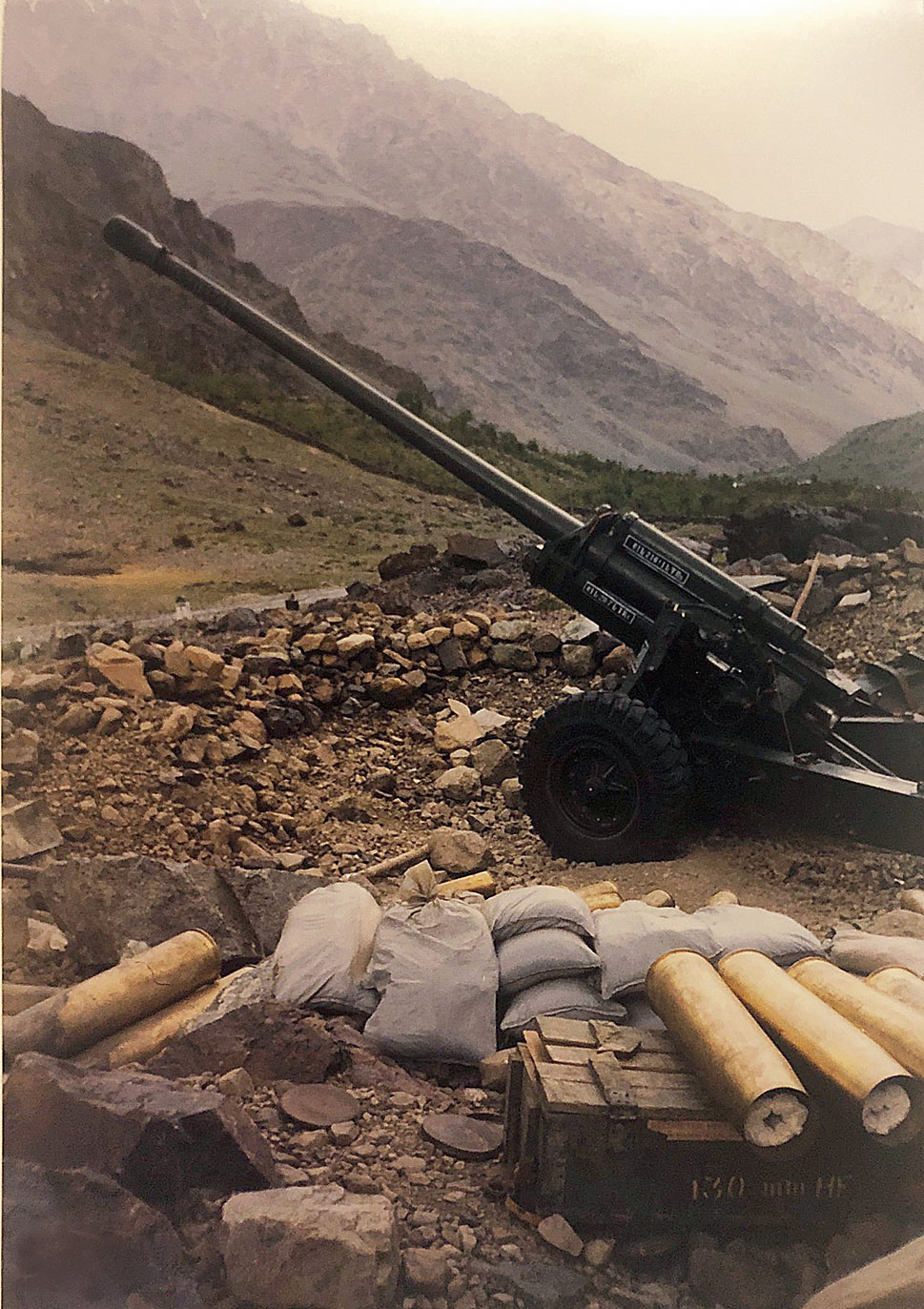This war is not about peaks and ridges on this damned frontier; it is about the men trying to hold them against odds that other men and nature have together mounted.
You get only one life and these men have been ready to lose it far from their home and hearth and family for as little as a patch of cold unyielding earth that wouldn’t even offer them space for final rest but which is part of what we proudly call our nation.
In the end, they just become ungainly dead-weights on the backs of unknown mules, their dignity wrapped in ragged blankets. If they are fortunate, these blankets will somewhere have a little badge of honour pinned — an inch of metal for miles of the motherland.
“What is there in it for the jawan?” asked a brigade major at the graveyard that a camp deep in Mushkoh Valley had become. “What is in it for him but death? He will probably get a commendation that he won’t be there to celebrate and in a little while, everyone will forget about him and his wife and children and stricken parents.”
The brigade major was sitting in a rag-tag tent frenetically signing commendations for his martyred troops. The battle for Mushkoh was pirouetting overhead — artillery and mortar fire zooming from this side and across — but the brigade major had taken 15 minutes off his operations room to commit himself to giving his dead troops the best and only parting he could in the circumstances.
“I’d rather not sign these high-sounding commendation letters,” he said. “I’d rather have my men with me, even if I am cursing them. But if they don’t get even this, what will they?” Tears were defying the resistance of his eyes.
It was the third night of fierce battle on the unkind heights of Mushkoh — the fight was with an entrenched enemy with all of nature’s ferocity on his side — and the camp was brimming over with the grim news trickling down from the peaks. Close to twilight, the hill overlooking the camp — worsted route to the battlefront — became suddenly streaked with troop parties returning. Soldiers on camps gathered at the foot of the hill to receive their mates but this was no hour for hearty welcomes. Many of them were haplessly wounded and with the camp finally in sight, they were running down the perilous slope for succour.
Three jawans of the 2nd Naga unit had bullets lodged in their midriffs; they were bleeding profusely and they were running down for their lives. Even those who escaped injury in the battle weren’t in much better shape. Their faces were black with dust and gunpowder soot. Their eyes were bleary, their general countenance quite delirious. “We have defeated the bastards,” said one of them. “But he took the lives out of us.”
Returning soldiers reported an awesomely well-prepared enemy. They were prepared with arms and ammunition for months of battle. They had had so much time on the peaks that they had dug tunnels deep and cosy enough to have as many as 40 troops.
On one of the peaks they had even constructed a temporary seven-foot high mosque with sheets of tin. They were, in fact, comfortable enough to have crafted a metal dome on top of it.
As the injured were being rushed into the bunkered MI room at the base, another platoon came trundling down. There were about 15 men taking turns at carrying a grievously shell-hit Naga soldier on a stretcher. The soldier was lying on his stomach and the gunny bag wrapped around him was soaked with blood.
A little further up, we ran into a four-mule pack slowly descending a ridge; each had a dead soldier slung on its back. Their accompanying mates weren’t even looking up.
By dark, the artillery launched a massive assault on identified enemy concentrations. The attack was inaugurated by stunning bursts of multi-barrel rocket launcher (MBRL) fire. Then came mortar fire from base in Pandrass, just behind the hillfold from Mushkoh. And finally, Bofors guns, recently carted up the treacherous route into Mushkoh, began the noisy finishing job.
From our vantage point, with a clear view of Rocky Knob, one of the major intruder concentrations in Mushkoh, we saw two Bofors howitzers pounding for close to an hour. “Excellent shot,” the gun commander shouted each time he saw through his field glasses a direct hit being scored.
But the counter-offensive from intruder-held peaks and Pakistani artillery positions behind the LoC was no less shattering. Through the night they blistered Mushkoh’s army camps with field gun and mortar fire.
By dark, Indian soldiers also spotted a remotely piloted vehicle (RPV) sent into Mushkoh to pick up fresh blueprints of Indian troop concentrations.
If something had to give a lie to Pakistan Premier Nawaz Sharif’s pledges on respecting the LoC’s sanctity, it was probably the flight of the RPV by night into Indian skies.
There are no unilateral withdrawals on this frontier. If Indian troops in some sectors have found the enemy decamped, it is probably only because he had been militarily repulsed. Indeed, even claims that National Highway 1A has now been secured are being constantly taunted from across the LoC.
Pandrass, which falls bang on the national highway, is, for instance, being shelled intermittently through day and night. Even Drass has had its share of shell-scarring even after they “secured” NH 1A.
But the most insistent evidence of the battle raging on is troops departing for the frontier and troops returning dead or wounded or frazzled. What’s in it for them? At best an inch of metal for miles of motherland.
This story was first published in The Telegraph in 1999












